Despite its unattractive appearance, "tree climbing shrimp" is considered a famous specialty in Lang Son province, at peak prices up to half a million VND/kg, still attracting customers to enjoy.
Forest shrimp is a type of insect that looks quite similar to shrimp, small in size, about the size of an adult's little finger. They are found in deep forest areas in some provinces such as Bac Giang , Nghe An, ... but are most abundant and common in Lang Son.
Wild shrimp have long legs like grasshoppers, small heads and fewer whiskers than regular shrimp, and a transparent gray body.
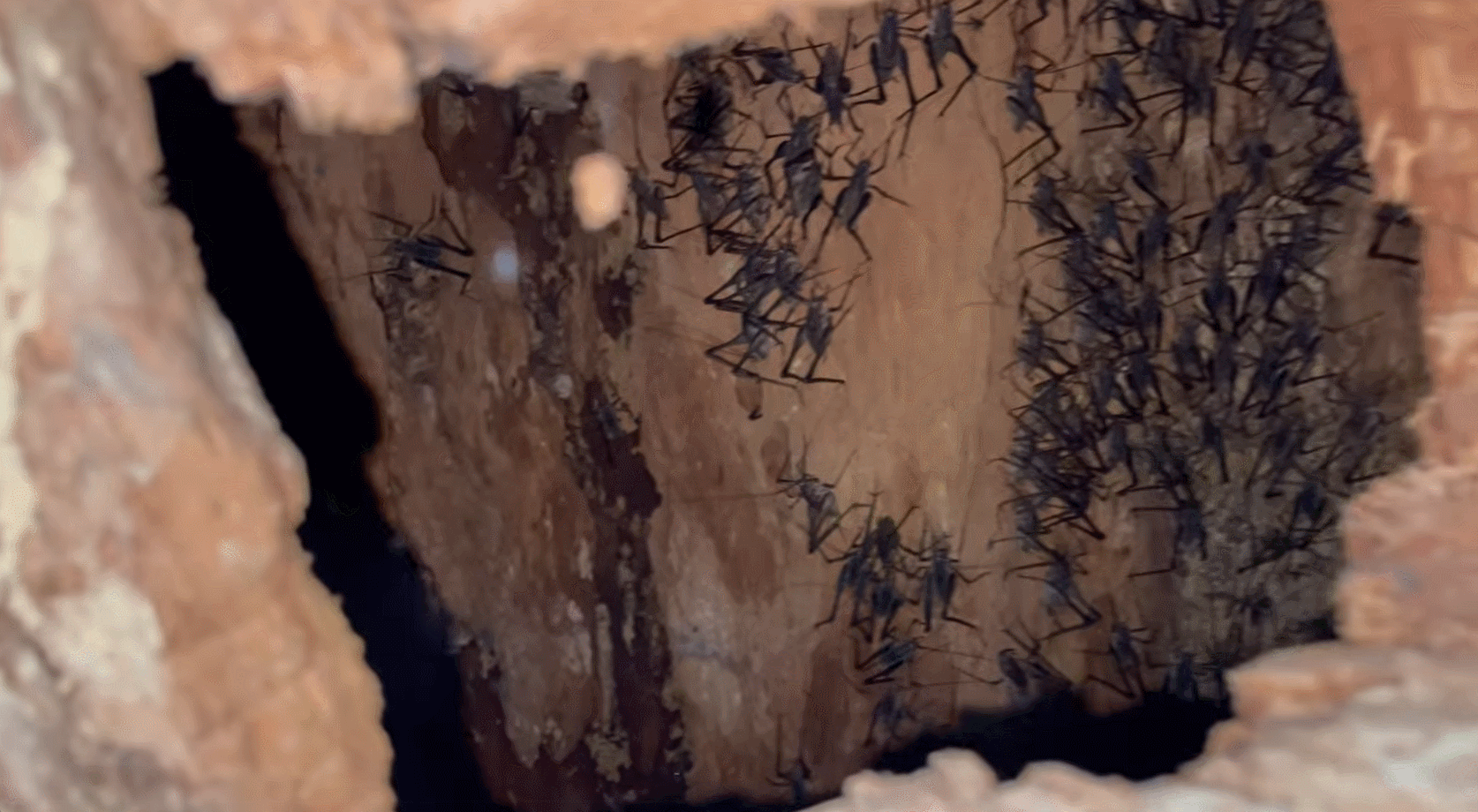
In addition to its strange appearance, this type of insect also prefers to live in humid climates, dense vegetation and mainly resides in caves and large tree holes in deep forests, so people also jokingly call it flying shrimp or tree-climbing shrimp.
According to locals, wild shrimp was originally a rustic dish of the Tay and Nung ethnic groups in Lang Son, but gradually became known and sought after by diners because of its unique, delicious, and unmistakable flavor.
Ms. Nong Hoa - a supplier of mountain specialties in Cao Loc district (Lang Son province) said that wild shrimp are available all year round, but the time when they appear in large numbers and are of the best quality is during the rainy season, around the 6th and 7th lunar months.
At this time, local people travel long distances to deep forests to catch wild shrimp, bring them back to sell to restaurants, pubs or transport them to Hanoi to serve gourmets.
“Only skilled and experienced foresters can catch wild shrimp. This species is very sensitive and clever, and has no wings, so when it sees people or hears a slight noise, it jumps up and scatters,” said Ms. Hoa.
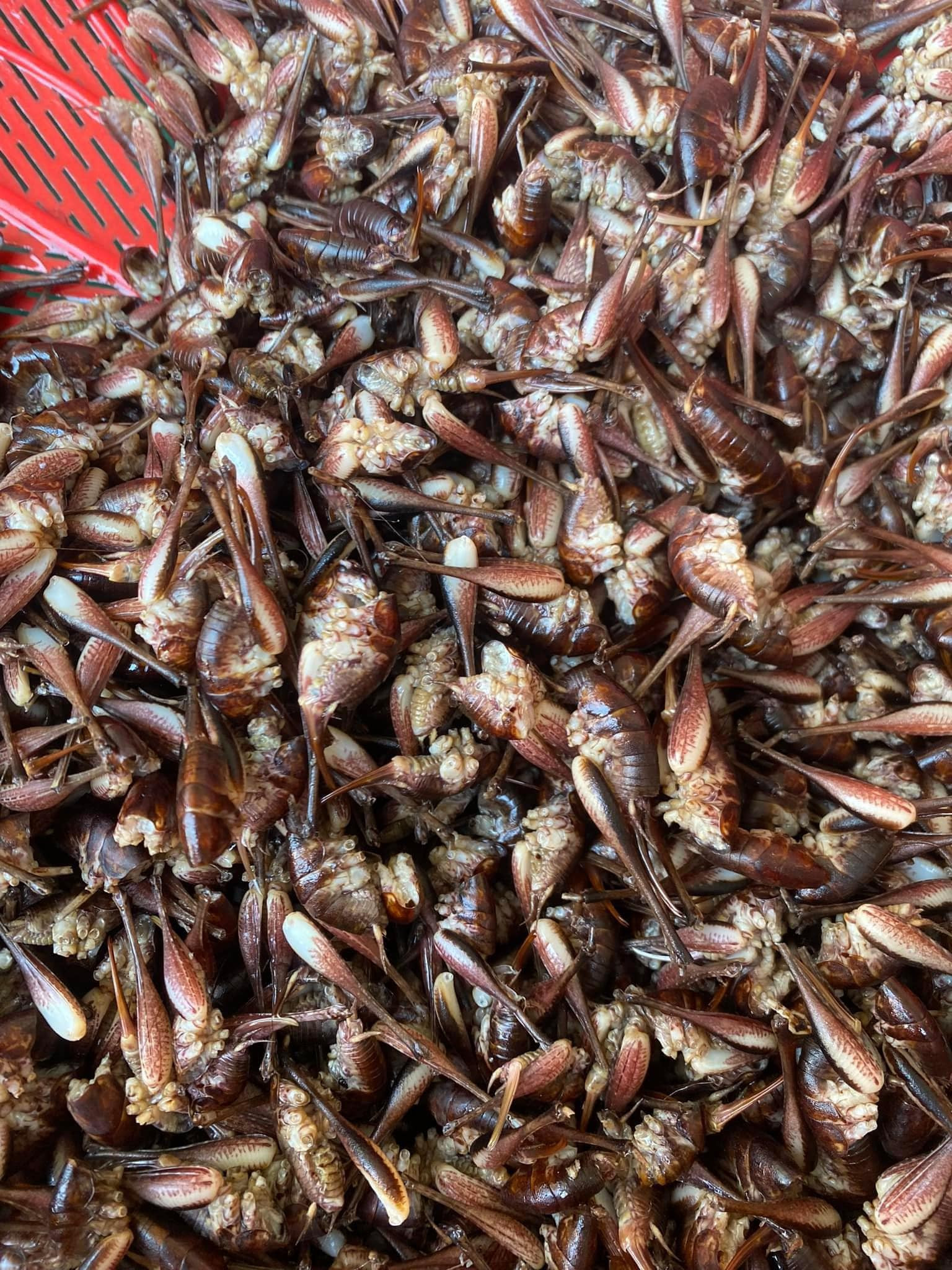 | 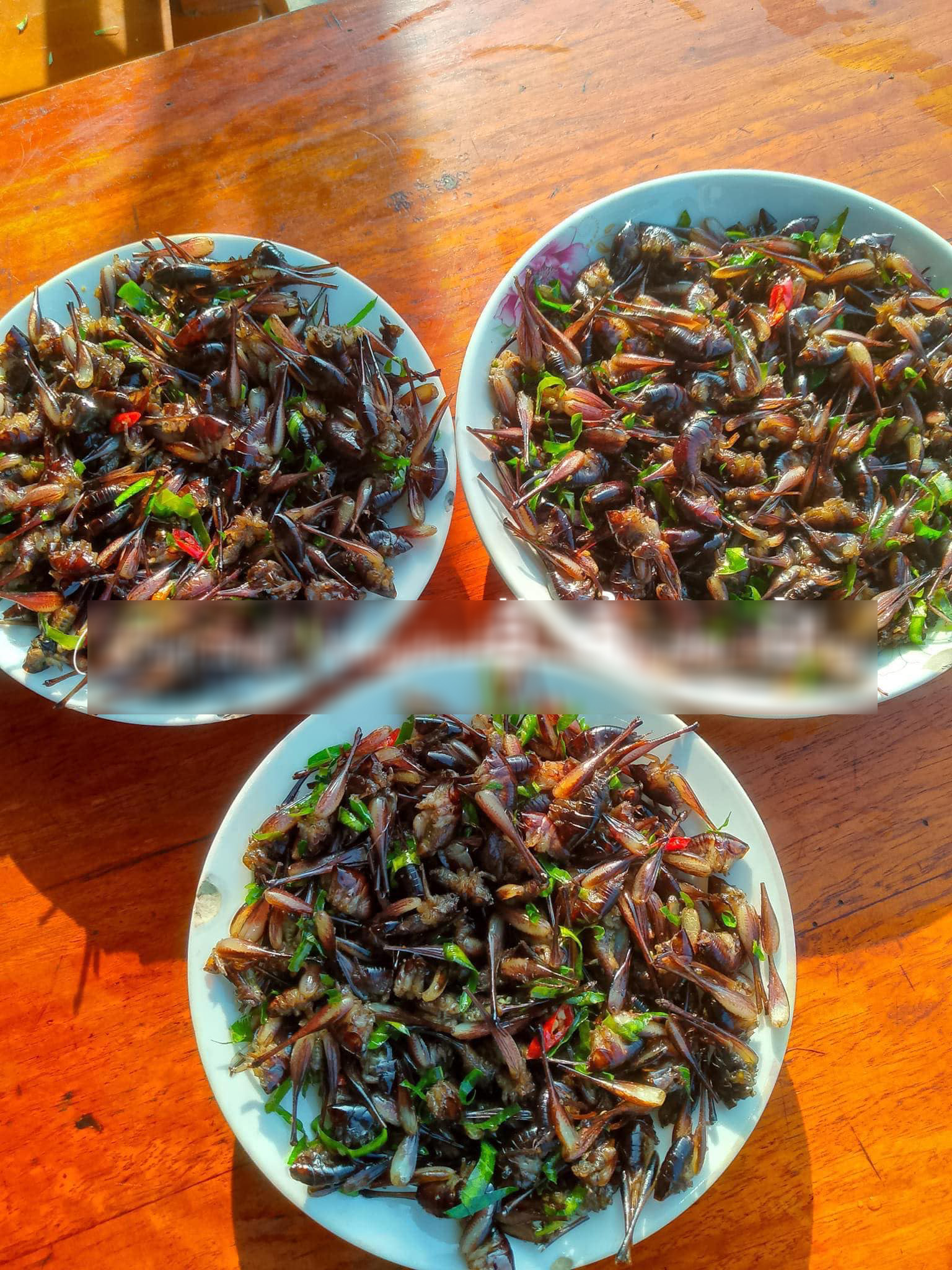 |
To catch wild shrimp, people must use a specialized net and handle it quickly and skillfully by inserting tree branches or long sticks into where the wild shrimp live and then gently herd them out.
One person stands and herds the other person at the same time, eyes wide open, and when they see the wild shrimps appear, they immediately catch them. “If you are not careful, you will not be able to catch the whole nest, and the wild shrimps will even jump everywhere.
Because of the elaborate hunting, wild shrimp are sold at quite high prices, about 300,000-400,000 VND/kg. At peak times, the price of this insect can reach up to half a million VND per kilo,” Ms. Hoa added.
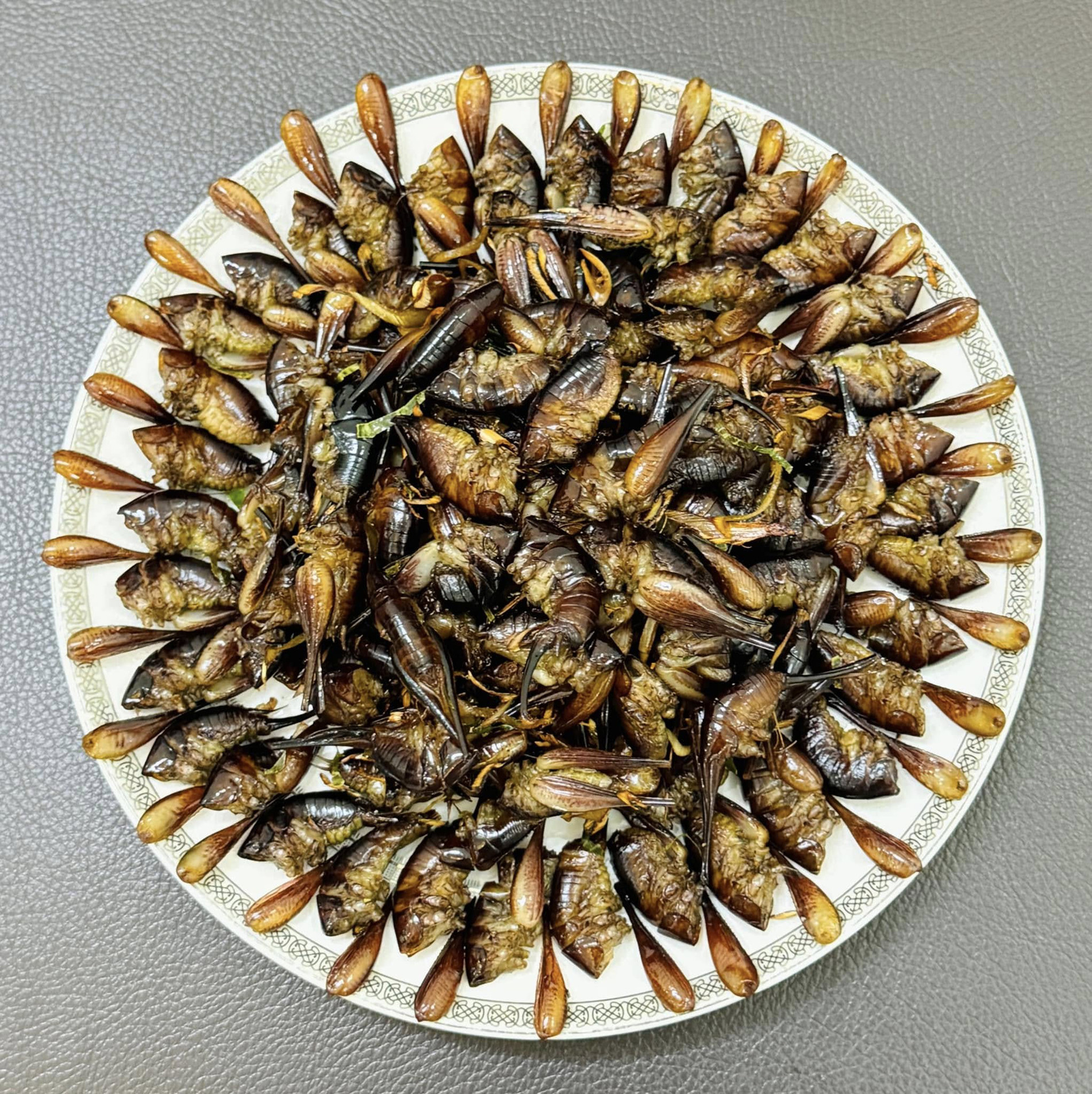 | 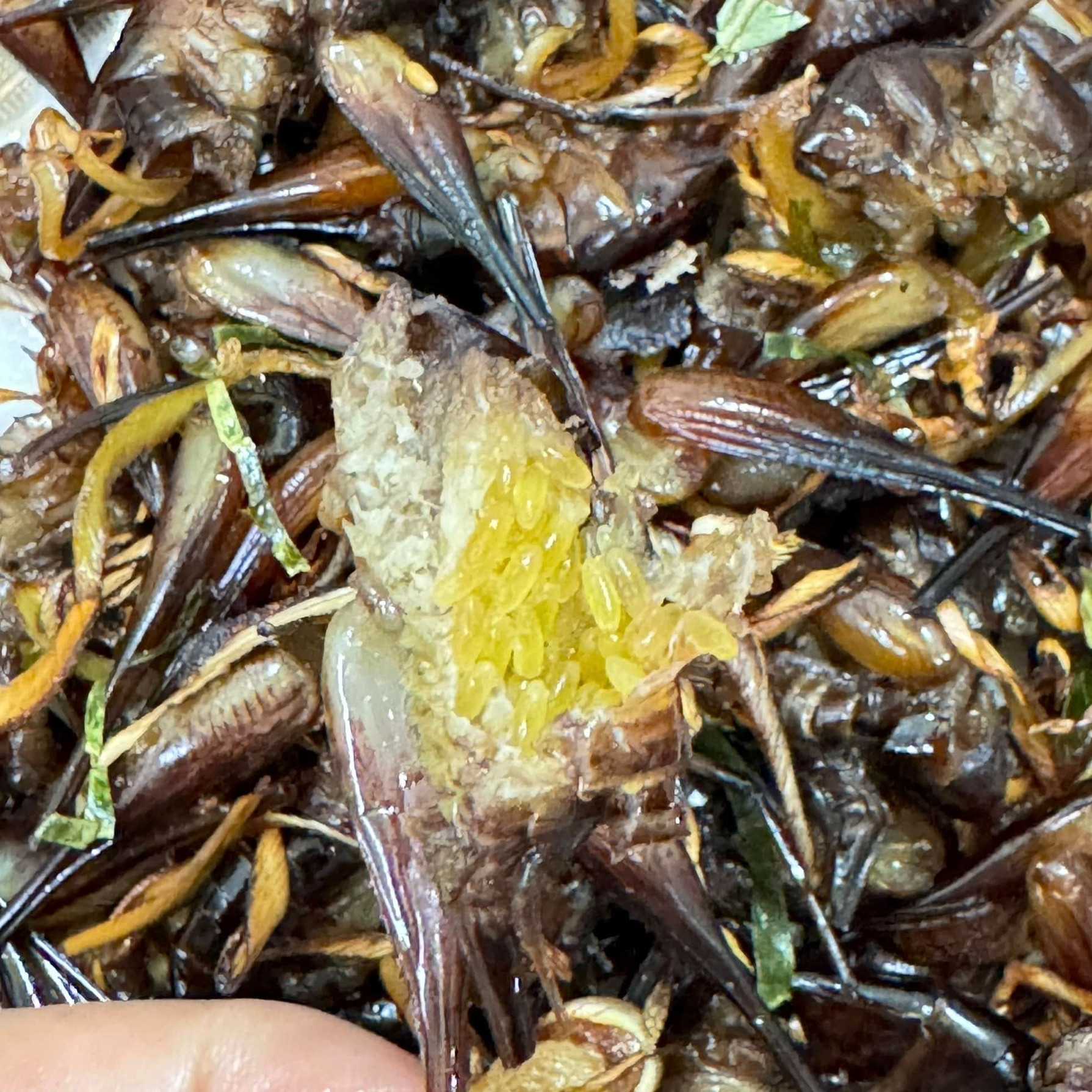 |
In Lang Son, wild shrimp can be processed into many dishes, but the more popular and preferred dish is fried with ginger leaves (or mac mat leaves, lemon leaves).
Before cooking, wild shrimp must be carefully prepared. Then, people cut off the lower part of their legs because this part only has bones, not meat.
Clean the wild shrimp, drain the water, then stir-fry with a little lard or cooking oil, season with fish sauce and salt to taste. When the shrimp is almost done, the chef adds chopped ginger leaves and stir-fries well.
To make the dish more delicious, locals often fry wild shrimp with lard, using a cast iron pan and cooking on a wood stove with medium heat. When the wild shrimp turns golden brown and smells fragrant, the dish is cooked and can be enjoyed.
 | 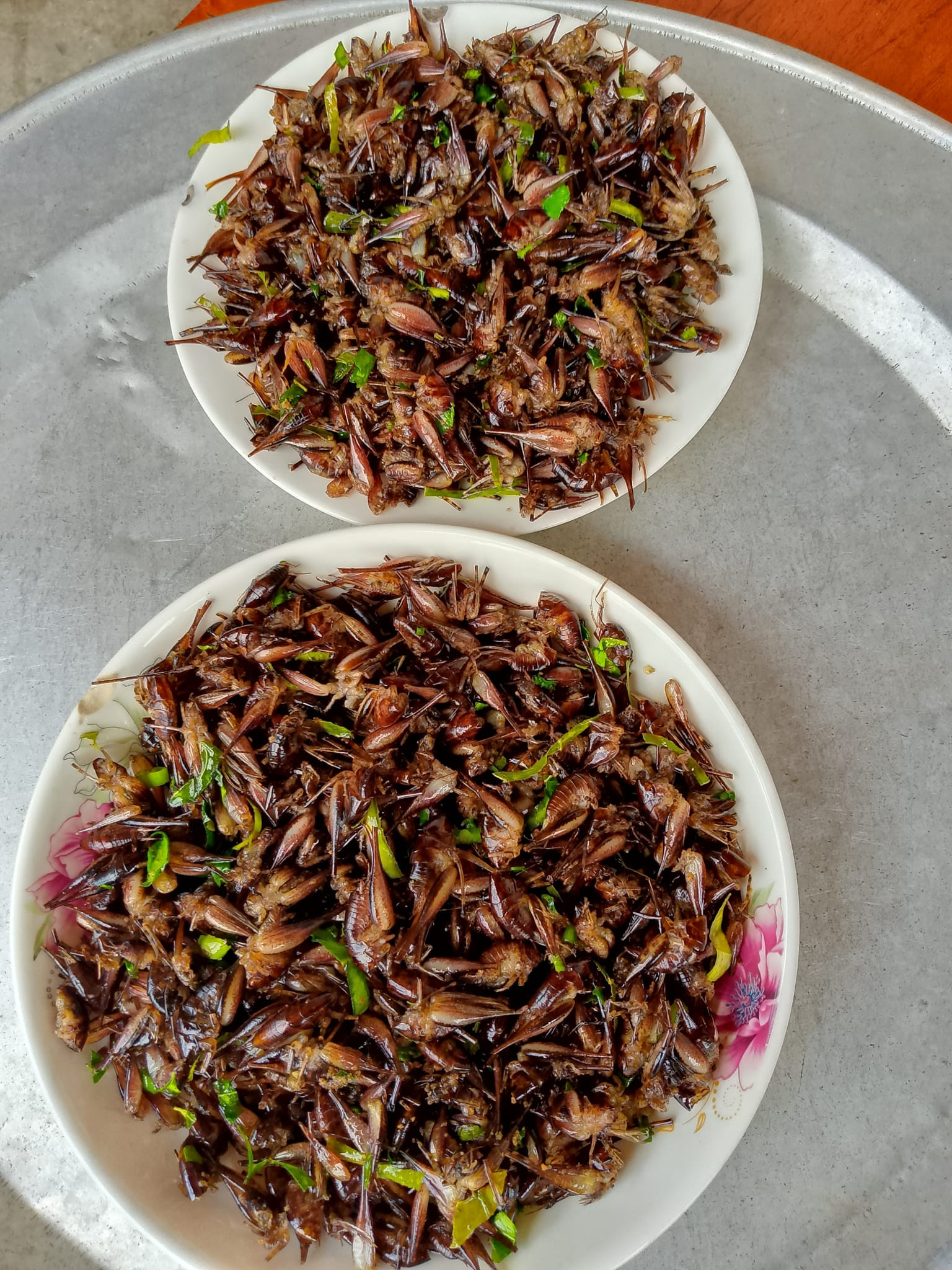 | 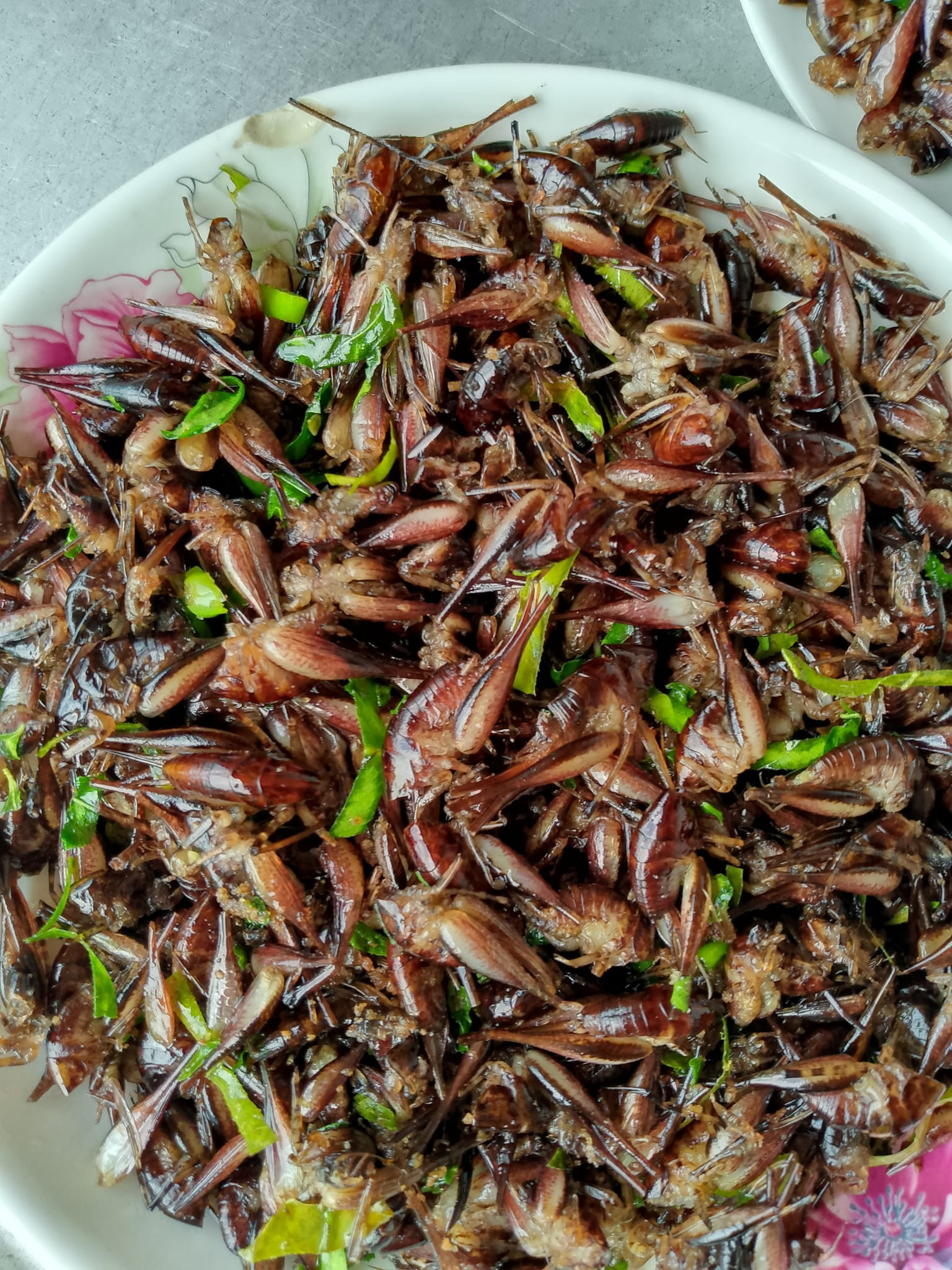 |
Ms. Hong Hanh (Hanoi) had the opportunity to experience the dish of wild shrimp fried with ginger leaves in Lang Son. She commented that at first glance and hearing the introduction of the ingredients, she was a bit hesitant, but when she tasted it, she was surprised by the strange and delicious taste of the dish.
“After trying it twice, I found this specialty to be very popular and waited until it was in season to order some to treat my family to. The wild shrimp has quite firm meat, especially the thighs. When I ate it, I found it to be more chewy and delicious than hill chicken or frog meat,” she said.
Although wild shrimp is considered a popular specialty and a favorite snack of many gourmets, not everyone can enjoy it, especially those with allergies.
To ensure safety, first-time diners should only try a small piece of wild shrimp. If they feel stable and have no allergic reactions, they can continue eating.
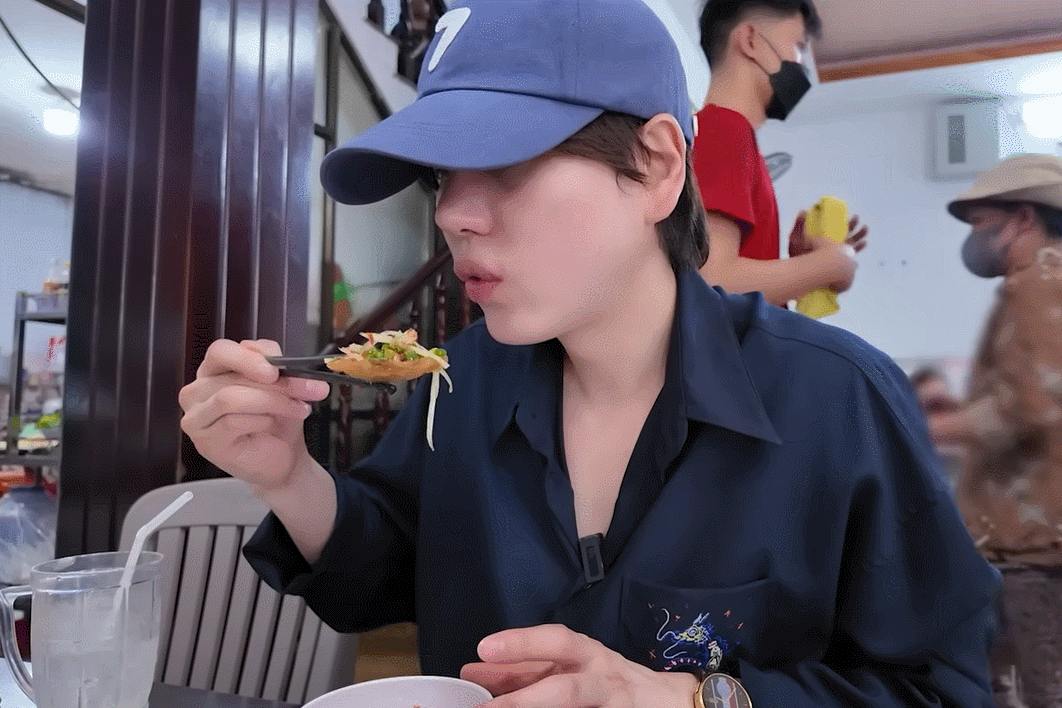
Source: https://vietnamnet.vn/dac-san-tom-leo-cay-la-mieng-o-lang-son-khach-sanh-an-khen-ngon-hon-thit-ech-2366174.html



![[Photo] President of the Cuban National Assembly visits President Ho Chi Minh's Mausoleum](https://vphoto.vietnam.vn/thumb/1200x675/vietnam/resource/IMAGE/2025/10/1/39f1142310fc4dae9e3de4fcc9ac2ed0)
![[Photo] Keep your warehouse safe in all situations](https://vphoto.vietnam.vn/thumb/1200x675/vietnam/resource/IMAGE/2025/10/1/3eb4eceafe68497989865e7faa4e4d0e)


![[Photo] Hanoi morning of October 1: Prolonged flooding, people wade to work](https://vphoto.vietnam.vn/thumb/1200x675/vietnam/resource/IMAGE/2025/10/1/189be28938e3493fa26b2938efa2059e)

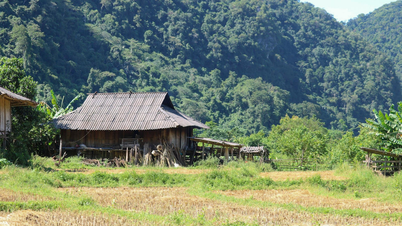



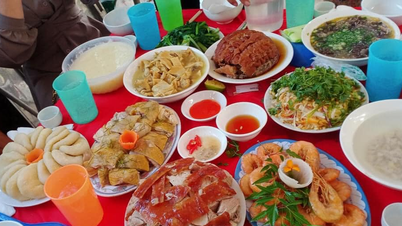
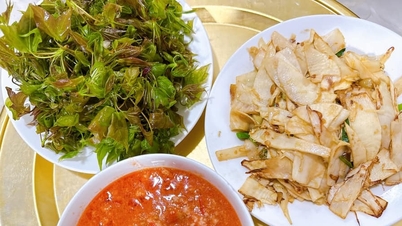
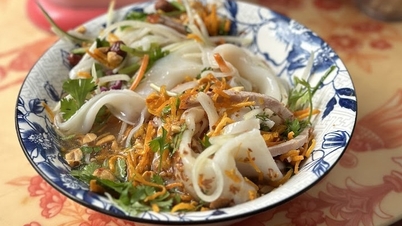
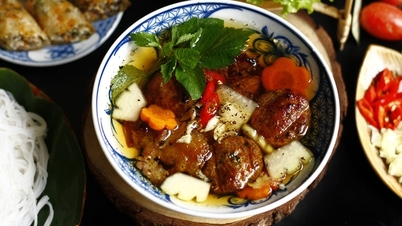

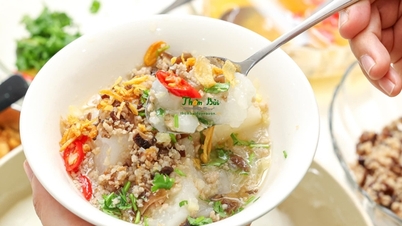
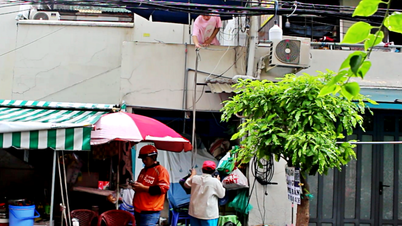
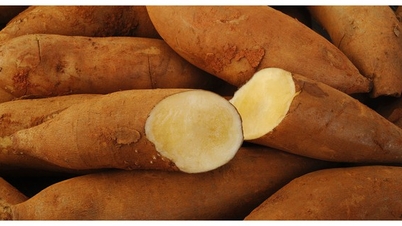


























































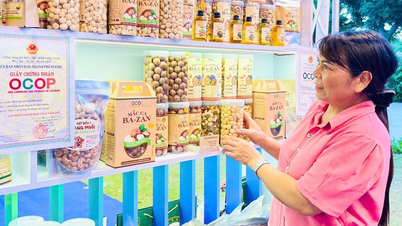

















Comment (0)